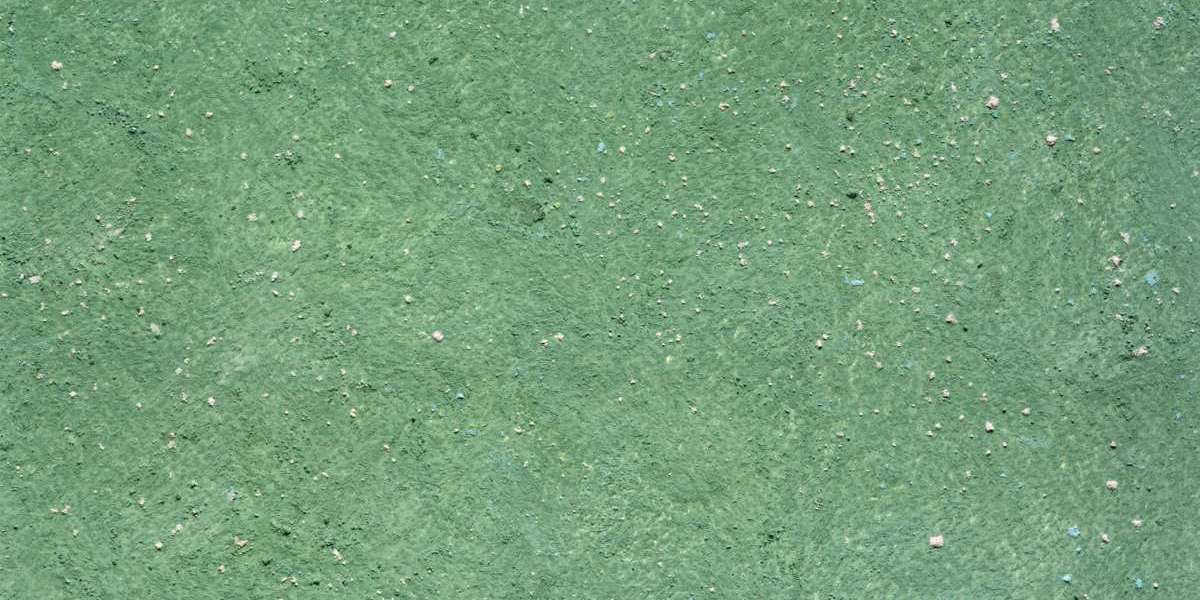The green concrete market is poised for substantial growth as demand for sustainable construction materials accelerates. With the rising global focus on reducing carbon emissions and combating climate change, green concrete offers a promising alternative to traditional concrete, which is one of the largest contributors to environmental degradation. Green concrete, produced with environmentally friendly materials such as recycled aggregates, industrial by-products, and lower-carbon cement, is quickly gaining traction as the construction industry seeks to become more eco-conscious. The potential for green concrete to reshape the future of construction is immense, and several factors suggest it will play a crucial role in the years ahead.
Growing Environmental Concerns Drive Market Potential
Environmental sustainability has become a top priority globally, as governments and industries aim to meet ambitious climate targets. The construction sector, responsible for nearly 40% of global carbon emissions, has recognized the need for more sustainable practices. Green concrete significantly reduces carbon output by incorporating waste materials such as fly ash, slag, and silica fume, which not only help in reducing the overall carbon footprint of construction projects but also contribute to the recycling of industrial by-products. As regulations on carbon emissions tighten, the green concrete market stands to benefit from stricter building codes and environmental standards, ensuring its increasing adoption in major infrastructure projects worldwide.
Technological Advancements Enhance Market Viability
Technological advancements are a key driver in expanding the potential of the green concrete market. Over the past few years, innovations in material science have improved the performance and durability of green concrete, addressing initial concerns about its strength and longevity compared to conventional concrete. Researchers are exploring novel methods to produce even more sustainable variants of green concrete, such as carbon-capturing concrete or self-healing concrete, which could further boost the market’s potential. Additionally, advancements in 3D printing and automated construction technologies are opening up new avenues for green concrete application, making it more accessible and practical for a wide range of construction needs.
Cost-Efficiency as a Major Advantage
One of the significant advantages of green concrete is its cost-effectiveness, which enhances its market potential. By utilizing industrial by-products and recycled materials, the production of green concrete often incurs lower material costs compared to traditional concrete, where raw resources such as sand and cement are used extensively. Furthermore, the increased availability of waste materials, such as fly ash from power plants or slag from steel production, provides a sustainable source of raw materials for the construction sector, reducing the reliance on expensive virgin materials. As construction projects increasingly aim to cut costs while meeting sustainability goals, green concrete presents a compelling, cost-effective solution.
Regulatory Support and Government Incentives
Governments around the world are recognizing the potential of green concrete and are offering incentives to encourage its use. Regulatory frameworks such as the LEED (Leadership in Energy and Environmental Design) certification system promote sustainable building practices, including the use of green concrete, by offering builders points toward certification for incorporating eco-friendly materials. Furthermore, countries with stringent environmental regulations are beginning to mandate the use of low-carbon materials in construction projects, further propelling the green concrete market forward. Incentives such as tax breaks, grants, and subsidies for using sustainable construction materials will likely drive the adoption of green concrete, making it a more attractive option for developers and contractors.
Expanding Market Reach in Emerging Economies
The green concrete market potential is especially strong in emerging economies where rapid urbanization is taking place. Countries in Asia, Africa, and Latin America are experiencing a construction boom and are increasingly adopting sustainable practices to address the environmental challenges of growing cities. Green concrete is seen as an ideal solution for these regions as it addresses not only environmental concerns but also cost and resource efficiency, which are crucial in these rapidly developing markets. As urbanization increases, green concrete’s ability to utilize local waste materials will also provide economic advantages, reducing the need for expensive imports and supporting local economies.
Public Awareness and Consumer Demand
The growing awareness of environmental issues among consumers and stakeholders is contributing significantly to the potential of the green concrete market. In recent years, there has been an increasing demand for eco-friendly buildings and green certifications. As individuals and organizations alike recognize the impact of construction on the environment, there is more pressure on developers and construction firms to adopt sustainable materials. Public awareness campaigns and corporate responsibility initiatives have also played a role in pushing for greener solutions in construction. As consumer demand for sustainable products continues to grow, the demand for green concrete will follow suit, solidifying its role in the future of construction.
Future Trends and Market Growth
Looking ahead, the green concrete market is expected to continue evolving with growing investment in research and development. The next frontier for green concrete involves enhancing its adaptability to various construction requirements while ensuring it remains a viable option in terms of cost, performance, and availability. The continued exploration of new sources of sustainable materials, such as recycled plastics and organic waste, will also contribute to expanding the market. As more stakeholders in the construction industry embrace green building practices, the market for green concrete will see exponential growth, reaching new heights in the coming decades.
In conclusion, the potential of the green concrete market is vast, driven by a combination of environmental concerns, technological advancements, cost advantages, and regulatory support. As the construction industry moves toward sustainability, green concrete is set to become a cornerstone in the development of eco-friendly infrastructure. With expanding market opportunities, particularly in emerging economies, and growing awareness of its benefits, green concrete is positioned to revolutionize the construction sector and drive the future of sustainable development.














